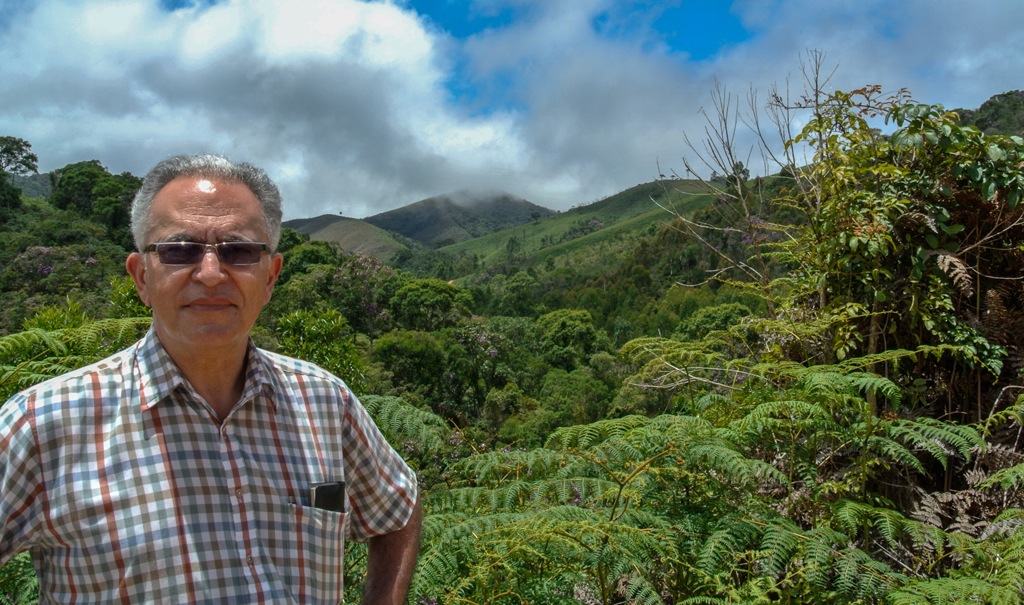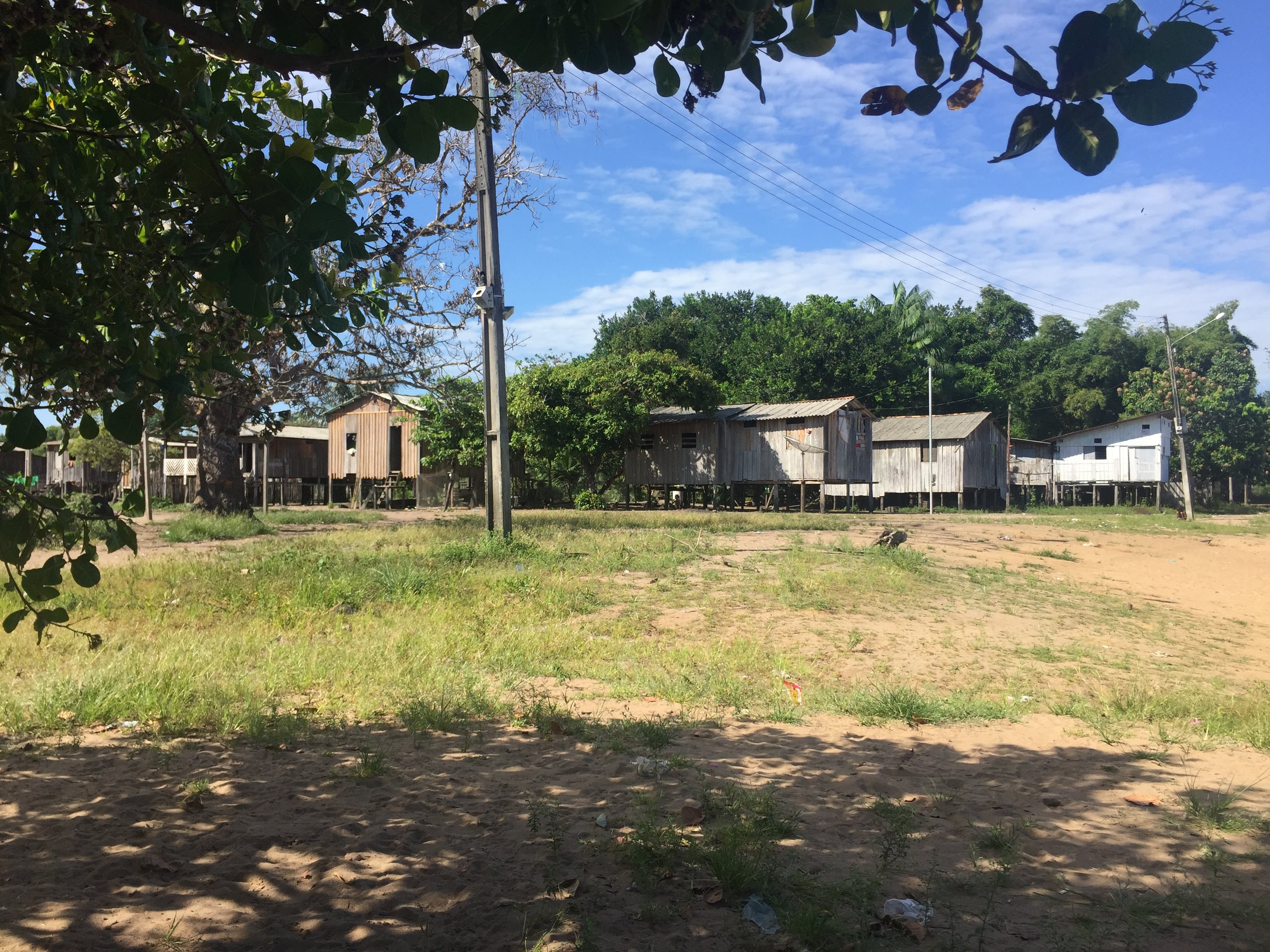MSU Social Scientists and Engineers Work Together for Sustainable Energy Solutions in the Amazon
May 11, 2021 - Diane Huhn
While hydropower remains an important source of energy production globally, many developed nations are beginning to dismantle existing dams due to a host of social, environmental, and economic concerns. Yet hundreds of large and small hydropower dams continue to be planned and built in other regions of the world, including exceptionally biodiverse areas such as the Amazon, Congo, and Mekong river basins. In response, an interdisciplinary team of researchers at Michigan State University has been working together to explore more sustainable energy options in places like Brazil.
In a recent article published in the journal Nature Sustainability, the team showed that an in-stream turbine technology they have been developing looks like a viable alternative that avoids many of the negative outcomes of hydroelectric dams. According to their calculations, the technology can produce approximately two-thirds of the promised energy development at less than half the cost per kilowatt (KW) hour of conventional dam projects throughout the Amazon basin. This changes everything and brings up the question of whether any further dam construction is really needed to meet energy needs.
 Social scientists such as Emilio Moran are collaborating with the team’s engineers to ensure that the needs of communities, often negatively impacted by hydropower dam projects, are thoroughly considered. “We started this work several years ago by realizing that we needed to re-think hydropower. One way to do that is through this in-stream turbine technology,” said Moran, an MSU John A. Hannah Distinguished Professor at the Center for Global Change and Earth Observations and faculty member in the Environmental Science and Policy Program and the Department of Geography, Environment, and Spatial Sciences. “But we also knew that for our work to be taken seriously by the energy sector, the technology would need to have the capacity to generate comparable amounts of energy at or below the costs of traditional dams. And to be acceptable to the communities, the production method must be cleaner, cheaper, and more sustainable.”
Social scientists such as Emilio Moran are collaborating with the team’s engineers to ensure that the needs of communities, often negatively impacted by hydropower dam projects, are thoroughly considered. “We started this work several years ago by realizing that we needed to re-think hydropower. One way to do that is through this in-stream turbine technology,” said Moran, an MSU John A. Hannah Distinguished Professor at the Center for Global Change and Earth Observations and faculty member in the Environmental Science and Policy Program and the Department of Geography, Environment, and Spatial Sciences. “But we also knew that for our work to be taken seriously by the energy sector, the technology would need to have the capacity to generate comparable amounts of energy at or below the costs of traditional dams. And to be acceptable to the communities, the production method must be cleaner, cheaper, and more sustainable.”

Communities the team is targeting for this work are typically small and remote, with residents who often depend on fishing and agriculture for their livelihoods and sustenance. Such communities are generally not served by the national power grid. Diesel generators, costly to operate and a significant source of pollution, usually supply what limited energy they do receive.
“On a positive note, in their most recent decadal plan, the Brazilian energy sector has indicated that they are looking to transition all current diesel-generated power to more sustainable sources. Our engineers have demonstrated in this latest research that approximately 63% of the total energy planned from conventional hydropower could be delivered by in-stream turbines at about 50% the cost,” explained Moran. “And at many sites, the technology could generate all of the planned energy, or be combined with other sources such as photovoltaics to meet the demand while doing more good than harm.”
While the research moves to the next phase, locating suitable communities willing and able to pilot the in-stream turbines, Moran will continue to ensure that the team maintains a focus on social science-related issues to avoid the negative socio-environmental consequences often associated with large and even small dam projects. “The engineering team has laid out in this paper the strongest argument thus far that we can deliver much-needed clean, reliable, and fish-friendly power while improving the economic development opportunities available to these communities in the process,” said Moran.
Yadu Pokhrel, associate professor in the College of Engineering, and Suyog Chaudhari, a Ph.D. student in Civil and Environmental Engineering (CEE), are the lead authors for the paper. Professor Norbert Mueller, Ph.D. student Erik Brown, and postdoctoral researcher Raul Quispe-Abad from the MSU Department of Mechanical Engineering, and John A. Hannah Distinguished Professor Emilio Moran co-authored the paper.
The study was funded by National Science Foundation (INFEWS, award no. 1639115 and CAREER, award no. 1752729) and the Environmental Science and Policy Program (ESPP) at Michigan State University.
For more information, please visit https://bit.ly/3ocL7LG.

